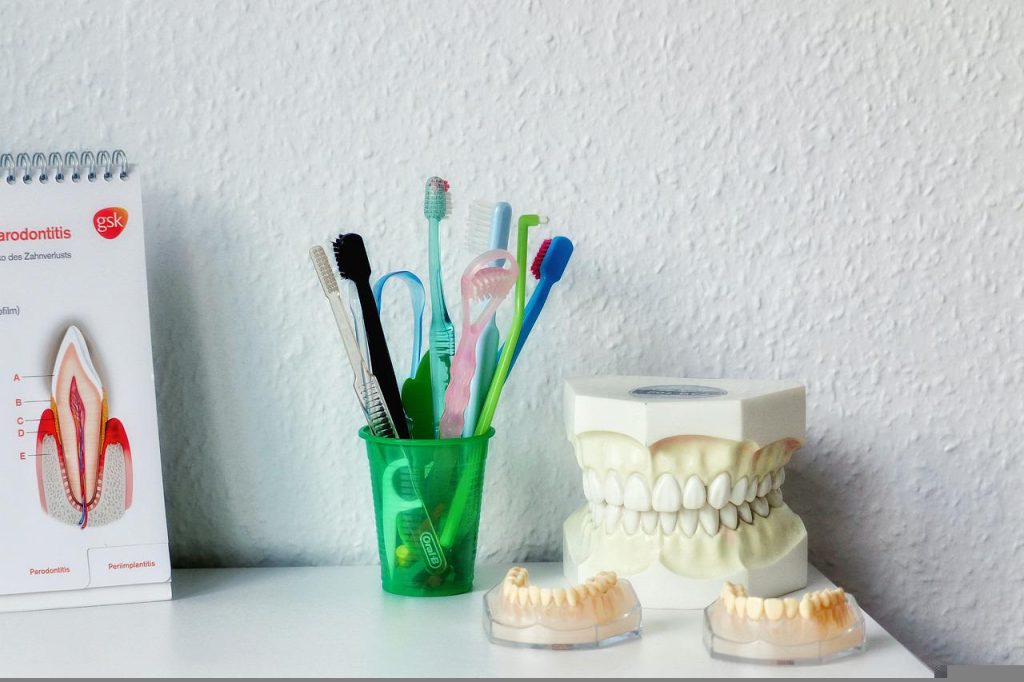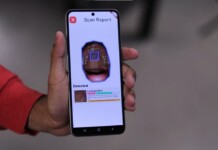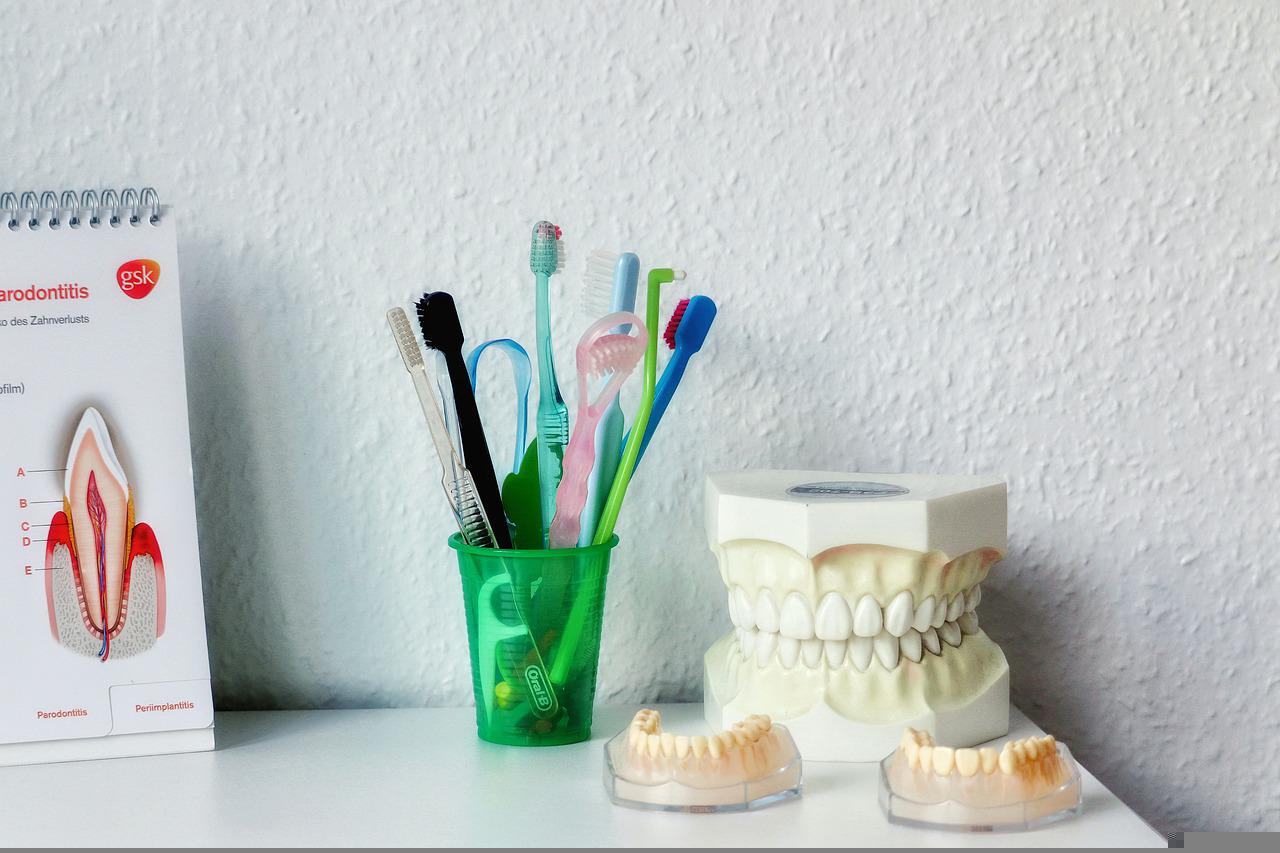
In a few years, you may just be throwing away your dental care kit, replacing it with a totally science-fiction shapeshifting robot that acts as a toothbrush, rinse, and dental floss in one.
The technology is poised to offer a new and automated way to perform the mundane but critical daily tasks of brushing and flossing for those who have difficulty doing so, such as amputees or the disabled, quadriplegics, or the elderly.
The building blocks of these microrobots are iron oxide nanoparticles that have both catalytic and magnetic activity. Using a magnetic field, researchers could direct their motion and configuration to form either bristle-like structures that sweep away dental plaque from the broad surfaces of teeth, or elongated strings that can slip between teeth like a length of floss.
In both instances, a catalytic reaction drives the nanoparticles to produce antimicrobials that kill harmful oral bacteria on site.
Experiments using this system on mock and real human teeth showed that the robotic assemblies can conform to a variety of shapes to nearly eliminate sticky plaque that lead to cavities and gum disease.
Developed by a multidisciplinary team at the University of Pennsylvania, their findings have established a proof-of-concept for the robotic system in the journal ACS Nano.
“Routine oral care is cumbersome and can pose challenges for many people, especially those who have hard time cleaning their teeth” says author Hyun (Michel) Koo, a professor in the Department of Orthodontics in Penn’s School of Dental Medicine.
“You have to brush your teeth, then floss your teeth, then rinse your mouth; it’s a manual, multi-step process. The big innovation here is that the robotics system can do all three in a single, hands-free, automated way.”
“Nanoparticles can be shaped and controlled with magnetic fields in surprising ways,” says Edward Steager, an author from Penn’s School of Engineering and Applied Science.
“We form bristles that can extend, sweep, and even transfer back and forth across a space, much like flossing. The way it works is similar to how a robotic arm might reach out and clean a surface. The system can be programmed to do the nanoparticle assembly and motion control automatically.”
Disrupting oral care technology
“The design of the toothbrush has remained relatively unchanged for millennia,” says Koo.
The teams innovation arose from a bit of serendipity. Research groups in both Penn Dental Medicine and Penn Engineering were interested in iron oxide nanoparticles but for very different reasons. Koo’s group was intrigued by the catalytic activity of the nanoparticles. They can activate hydrogen peroxide to release free radicals that can kill tooth-decay-causing bacteria and degrade dental plaque biofilms.
Meanwhile Steager and engineering colleagues were exploring these nanoparticles as building blocks of magnetically controlled microrobots.
With support from the university, the Penn collaborators married the two applications in the current work, constructing a platform to electromagnetically control the microrobots, enabling them to adopt different configurations and release antimicrobials on site to effectively treat and clean teeth.
“It doesn’t matter if you have straight teeth or misaligned teeth, it will adapt to different surfaces,” says Koo. “The system can adjust to all the nooks and crannies in the oral cavity.”
The researchers optimized the motions of the microrobots on a complex topography of the tooth surface, interdental surfaces, and the gumline, using 3D-printed tooth models based on scans of human teeth from the dental clinic. Afterwards, they trialed the microrobots on real human teeth that were mounted in such a way as to mimic the position of teeth in the oral cavity.
CHECK OUT: Protein ‘Motors’ Can Swim Around Wounds to Kill Bacteria –And Deliver Lifesaving Drugs
On these various surfaces, the researchers found that the microbots could effectively eliminate biofilms, clearing them of all detectable pathogens. The iron oxide nanoparticles have been FDA approved for other uses, and tests of the bristle formations on an animal model showed that they did not harm the gum tissue.
Indeed, the system is fully programmable; the team’s roboticists and engineers used variations in the magnetic field to precisely tune the motions of the microrobots as well as control bristle stiffness and length. The researchers found that the tips of the bristles could be made firm enough to remove biofilms but soft enough to avoid damage to the gums.
Similar: Microscopic Robots Made from White Blood Cells Could Treat and Prevent Life-Threatening Illnesses
To advance this technology to the clinic, the Penn team is continuing to optimize the robots’ motions and considering different means of delivering the microrobots through mouth-fitting devices.
They’re eager to see their device help patients.
“We have this technology that’s as or more effective as brushing and flossing your teeth but doesn’t require manual dexterity,” says Koo. “We’d love to see this helping the geriatric population and people with disabilities. We believe it will disrupt current modalities and majorly advance oral health care.”
BRIGHTEN Someone’s Day By Sharing This On Social Media…




















